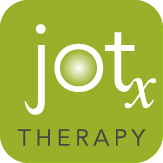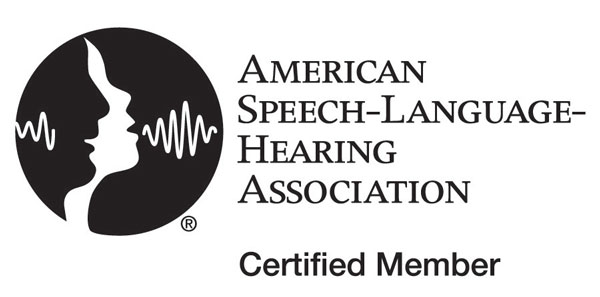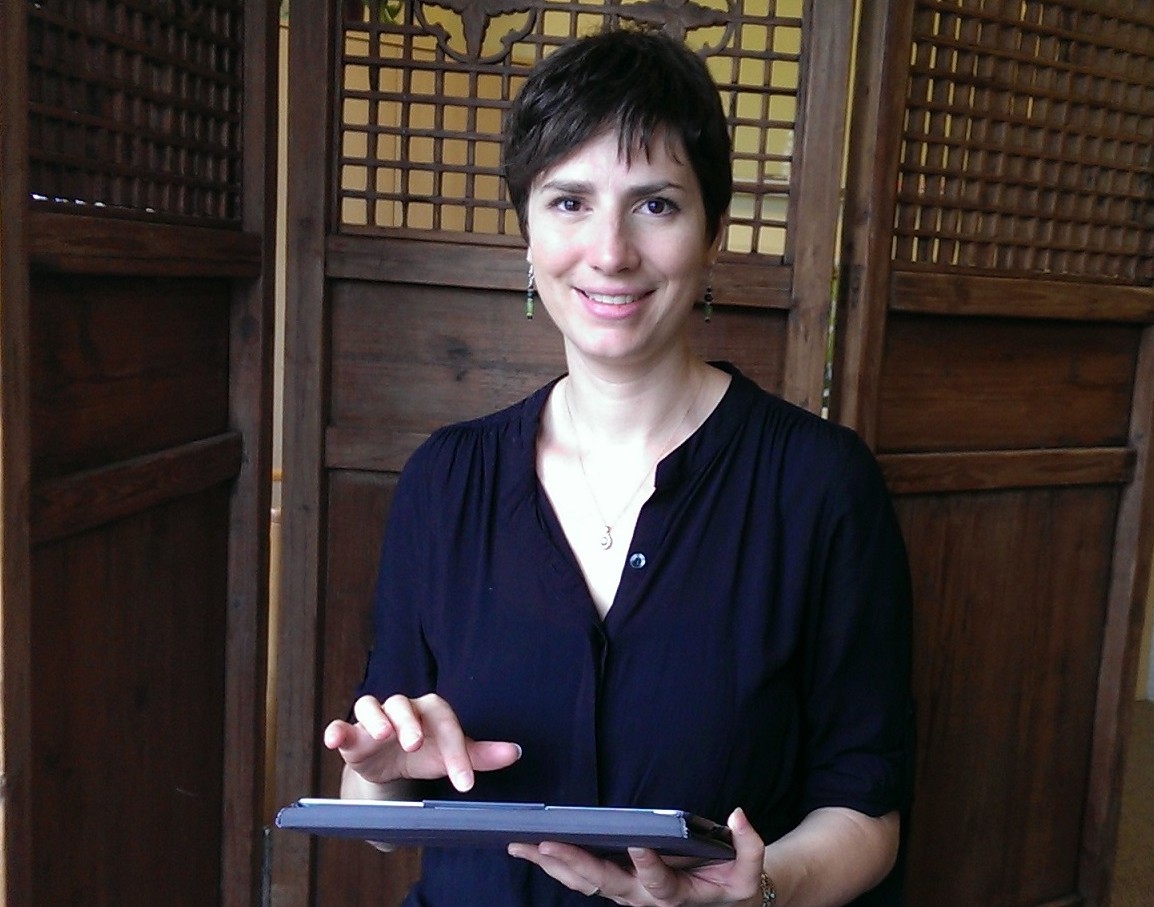Just what we needed! Four more codes to keep track of! Actually if you are using JOTx, we keep track of them for you. Starting in January 2014, the following codes will replace 92506 speech language voice evaluation for the US therapists:
· 92521 Evaluation of speech fluency (e.g., stuttering, cluttering)
· 92522 Evaluation of speech sound production (e.g., articulation, phonological process, apraxia, dysarthria);
· 92523 Evaluation of speech sound production (e.g., articulation, phonological process, apraxia, dysarthria); with evaluation of language comprehension and expression (e.g., receptive and expressive language)
· 92524 Behavioral and qualitative analysis of voice and resonance
Interestingly there isn’t a code for just language evaluation. The assumption is that most of the time a language evaluation is performed in conjunction with evaluation of speech. If you perform a language evaluation without assessing speech sound production, you should add the 52 modifier to code 92523 when submitting the billing. That means that you will be paid less for that service. If you don’t like the idea of being paid less, then plan ahead. Include assessment of speech in your evaluation documentation.
If you bill Medicare, these new codes are also subject to the therapy cap and MPPR.
Another consideration with these new codes is that when you get a doctor order for therapy, the type of evaluation that you are performing should be specified. Some insurance companies might go for the global order for speech therapy to evaluate and treat as needed. A phone call to clarify the preferences of the insurance providers you work with is the best way to stay compliant with policies. If you don’t feel you have time for that, the next safest thing to do is check with the Medicare guidelines. They tend to be the most stringent and other insurance companies tend to follow the trends that they set.




